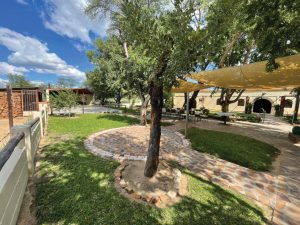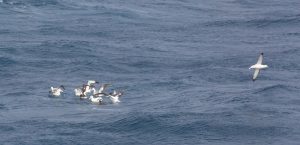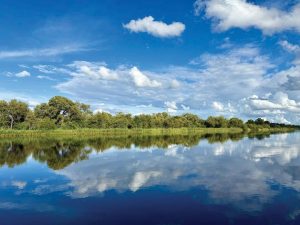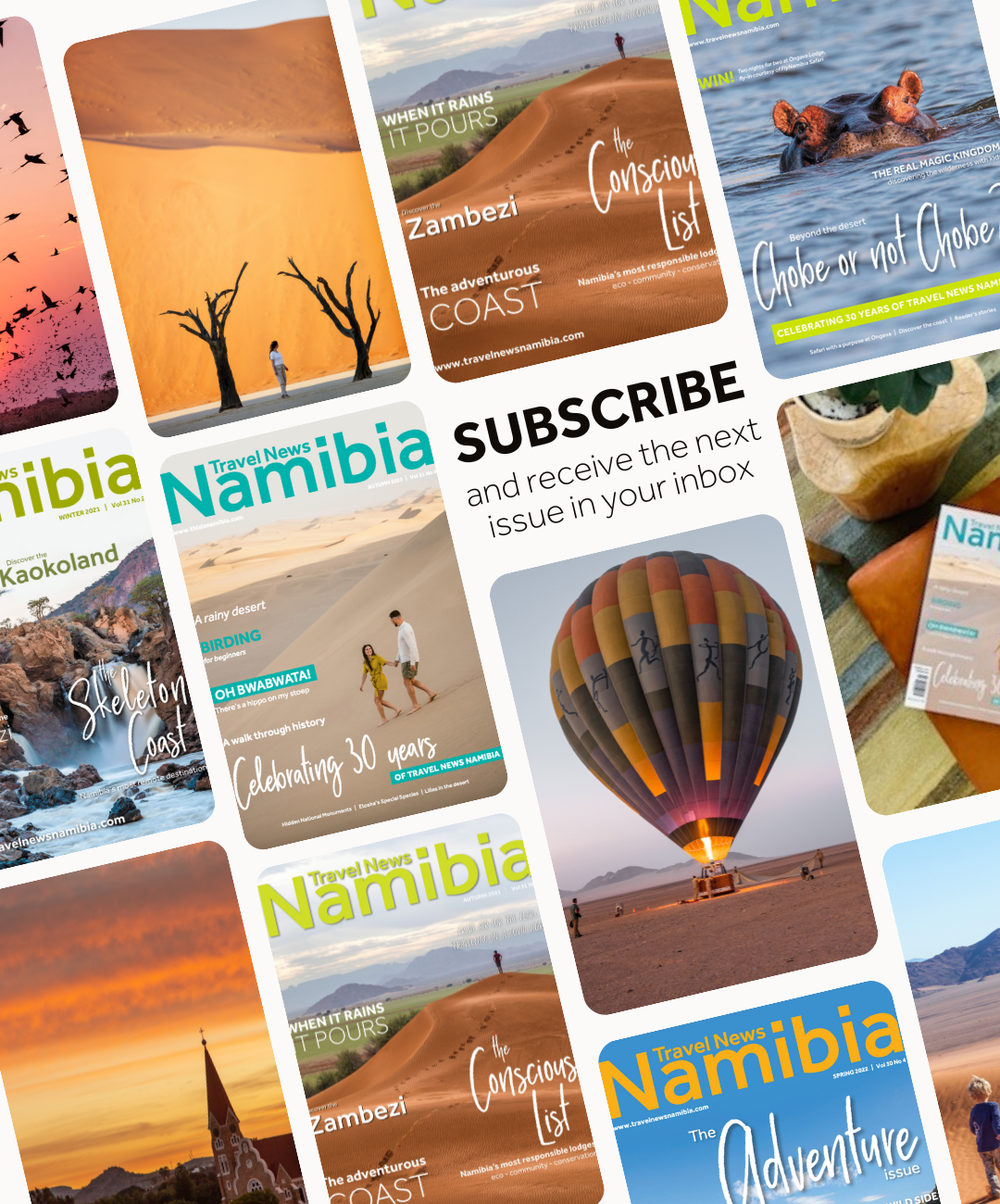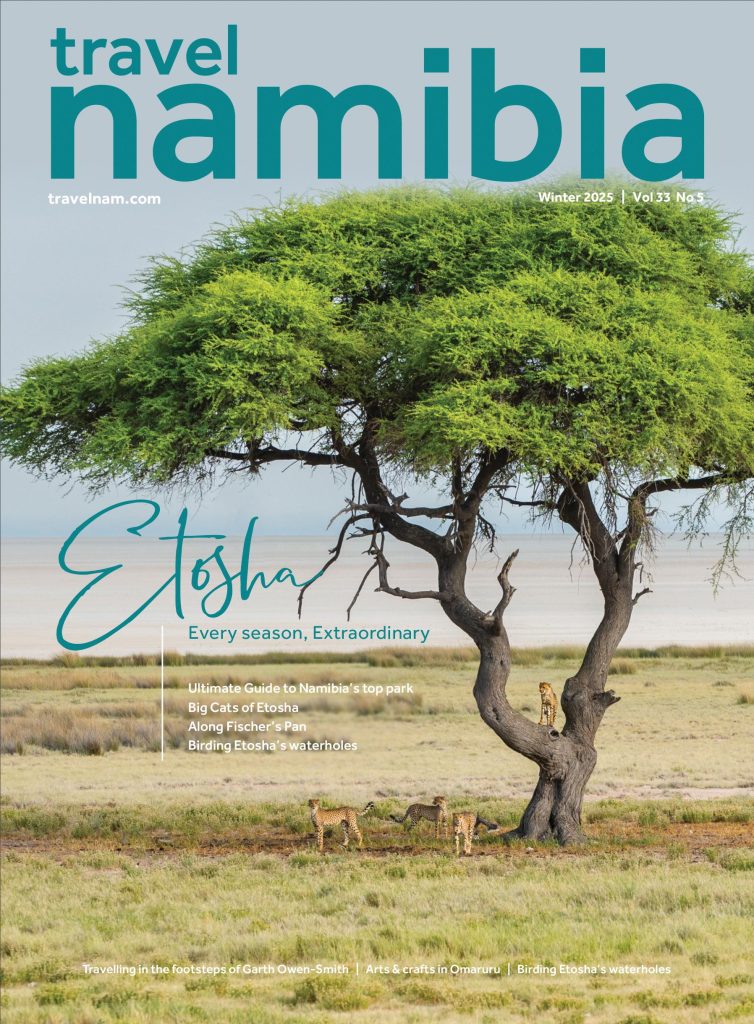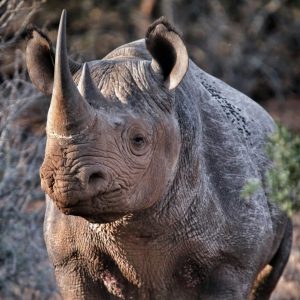
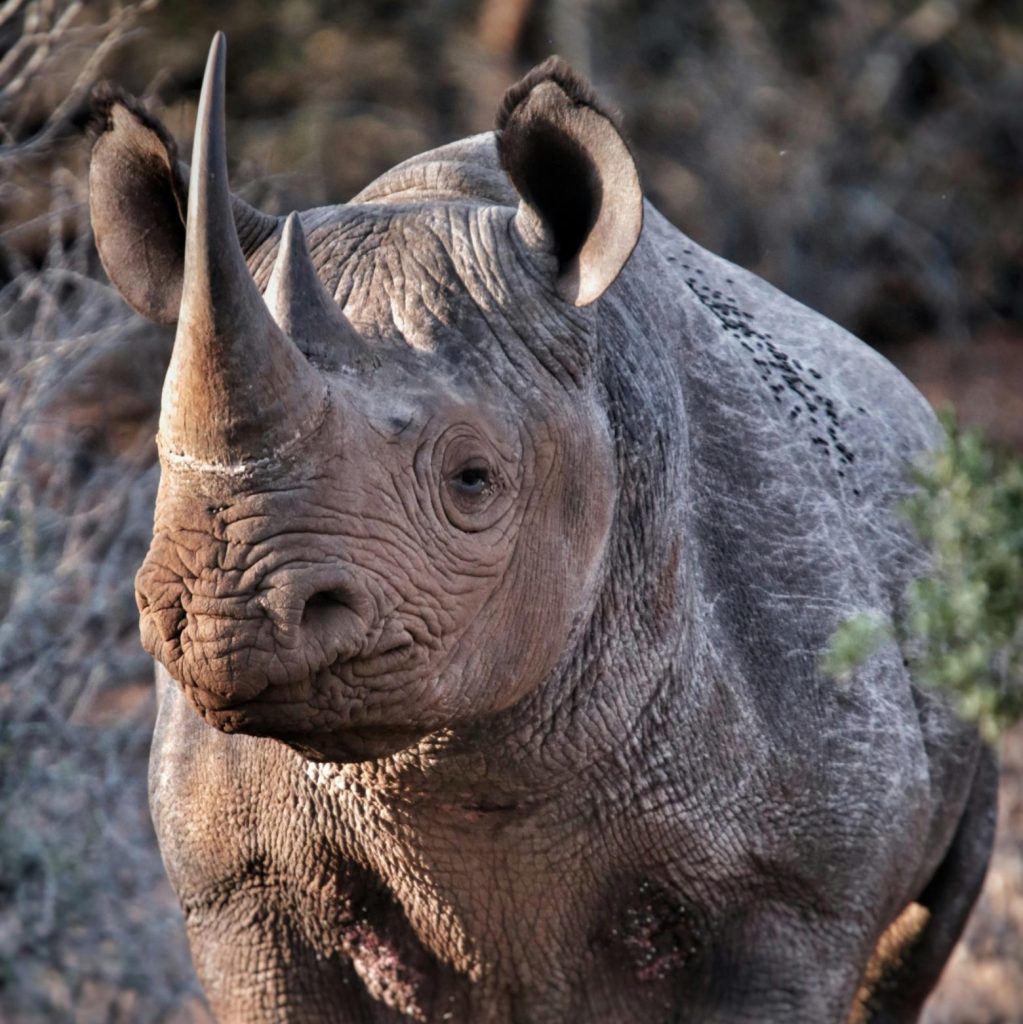
Wilderness and Save the Rhino Trust:
A 21-Year Conservation Partnership
In the arid northwest of Namibia, one of Africa’s most important conservation efforts has been quietly unfolding for over two decades. What began as a response to the dramatic decline of black rhino populations is now a long-standing, collaborative model for community-based conservation.
More than 21 years ago, a dedicated team of rhino rangers began tracking and protecting one of the last free-roaming populations of black rhinos in the world. Based in the Palmwag Concession – a vast, rocky area within the Kunene Region – their work was aimed at preventing extinction and safeguarding a species under constant threat from poaching.
Their efforts were not undertaken alone. A partnership between Save the Rhino Trust (SRT), Wilderness, and local conservancies created a framework where tourism, science, and community development could work together. Over time, this model has proven effective: the local population of black rhinos has more than quadrupled.
The foundation of this success is the community conservancy system, which gives local people a stake in protecting their natural heritage. Rangers are hired from the surrounding communities, trained to monitor wildlife, and equipped to gather data vital to conservation planning. These rangers work closely with scientists and tourism operators, ensuring the rhinos are both protected and valued – not just as symbols of Namibia’s biodiversity, but as contributors to local livelihoods.
Desert Rhino Camp, located within the Palmwag Concession, has played a key role in this process. Originally established as a basic field station, it now serves as both a base for ongoing rhino monitoring and a destination for visitors interested in conservation-focused travel. The camp remains closely tied to its original purpose: supporting rhino protection efforts. Income generated from tourism helps fund ranger salaries, field operations, and broader community development initiatives.
Visitors to the area can join trained rangers on foot or by vehicle to track black rhinos in their natural habitat. These encounters are not staged or predictable. Rather, they are part of a real-time conservation process where data collection and wildlife protection continue, regardless of whether there are tourists watching or not. Along the way, guests may also see desert-adapted elephants, oryx, and other species that have evolved to survive in this dry and unforgiving environment.
Beyond wildlife, the project provides insights into how conservation can work in practice – not only for the benefit of endangered species, but for the people who live alongside them. Local conservancies receive a share of tourism revenue, which helps fund schools, healthcare, and other services. In return, communities support the protection of wildlife and help enforce anti-poaching efforts.
This long-term partnership between NGOs, tourism operators, and rural communities demonstrates that conservation is most successful when it is locally led, economically viable, and ecologically grounded. Namibia’s black rhinos still face threats, but thanks to this approach, they are no longer on the brink of disappearing from this part of the world. TN
More to explore

Wilderness and Save the Rhino Trust: A 21-Year Conservation Partnership
